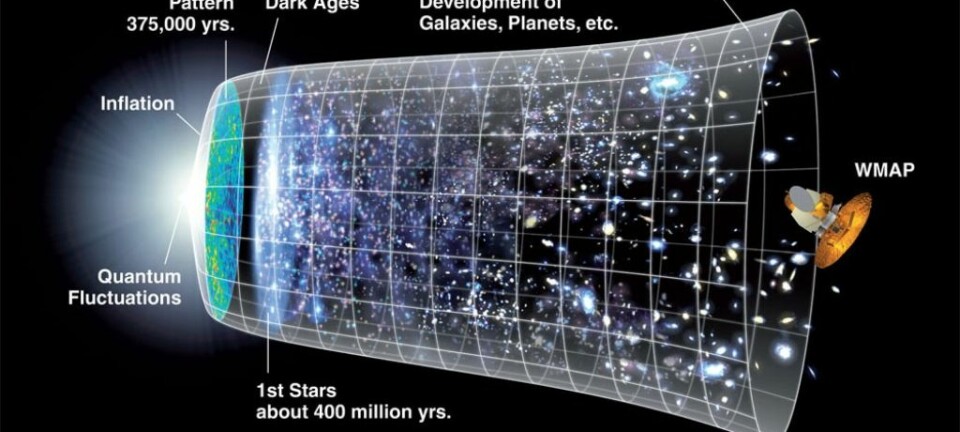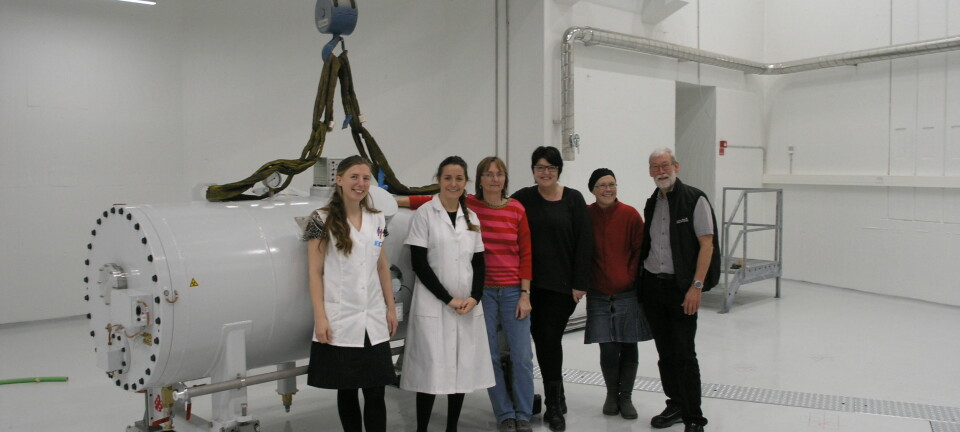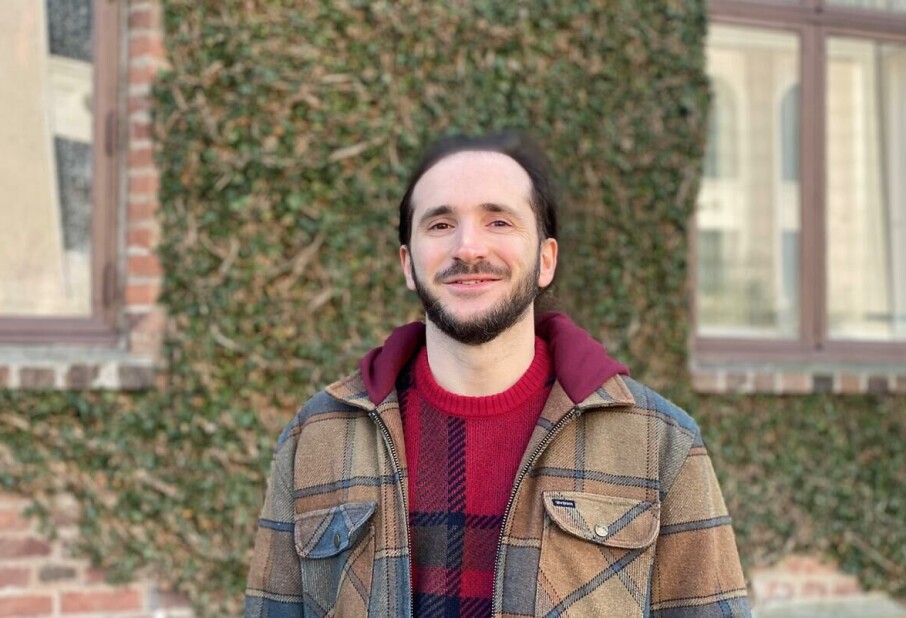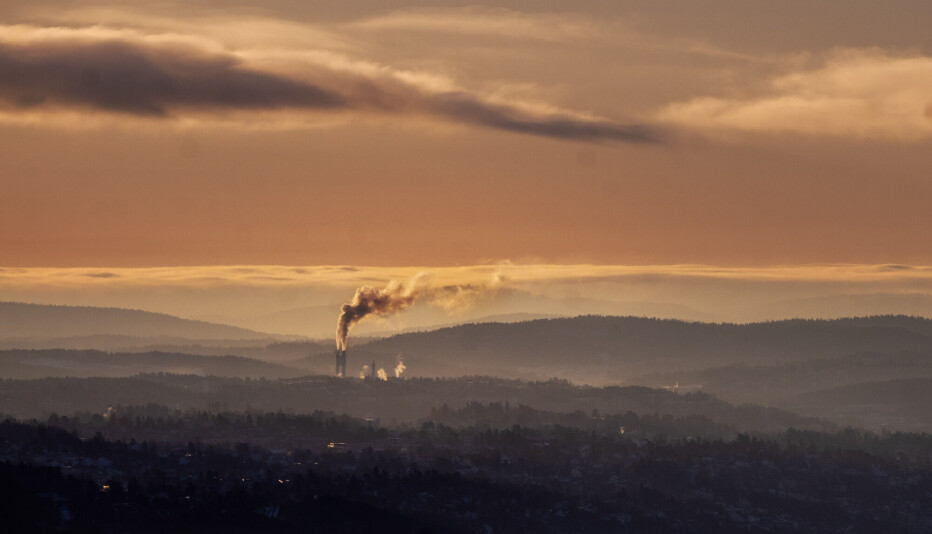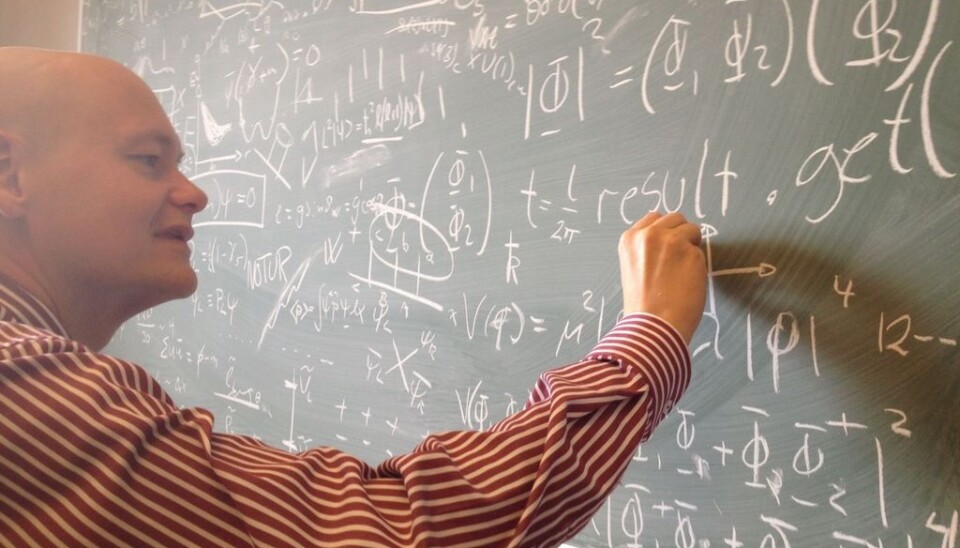
All existence on the edge
The entire universe is unstable. Suddenly it could change all its physical game rules. That would be the definitive end of happy hour for humanity.
Denne artikkelen er over ti år gammel og kan inneholde utdatert informasjon.
“Have you seen one of these Mexican hats?” asks the Physics Professor Are Raklev, searching for a bare spot on the blackboard in his office. It’s like looking for an empty seat on an Oslo commuter train at rush hour. He notices a cramped space between two equations and makes a squiggle with chalk.
He draws a curious cross-section of a sombrero. It’s a graph of the Higgs Field – the invisible field of energy stretching throughout the universe. It ensures that particles slow down and get mass, attracting one another. The field makes it possible for atoms to exist, for them to combine into molecules, and ultimately us and the matter that makes up our world.
It is this sombrero-shaped curve of the Higgs Field that tells scientists something essential about the universe.
Perfectly tuned in
“Our universe is found right here,” says the University of Oslo physicist, pointing to the bottom of a trough in the brim of the hat.

Due to the level of energy the universe exhibits, it can be plotted in exactly at the bottom of the curve.
When the universe is exactly at this spot, it behaves as we expect it to. Everything is right for the existence of the atoms which comprise the stars like the Sun, or which make mice and men.
Everybody is clearly reliant upon the universe playing according to these particular game rules.
But things could be much different. Actually, they should be very different.
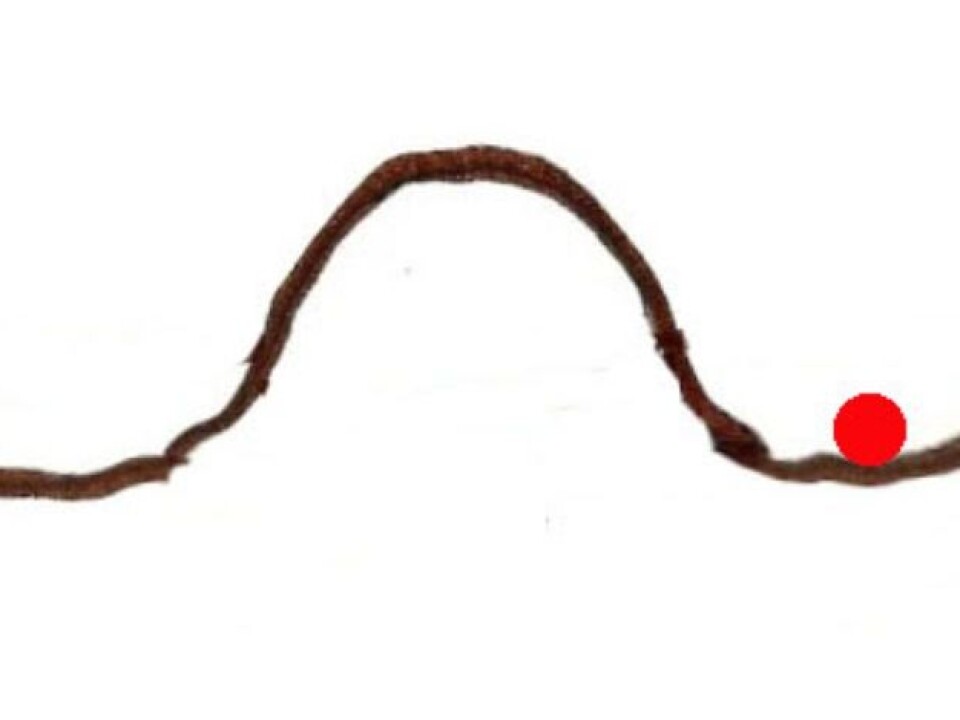
Raklev starts drawing again. He extends the brim of the sombrero to make another hump on a downward slope.
“Here,” says the professor, pointing to the bottom of the next depression in what is starting to look more like a roller coaster than headwear.
“This is where we should be.”
End of things
This is the most stable state for the universe to have and by definition it’s where it will end up eventually. The situation is akin to loose boulders on a mountain slope. Their position is not secure. Sooner or later they will tumble to the bottom of the valley below where they can figuratively, albeit not geologically, find a permanent location.
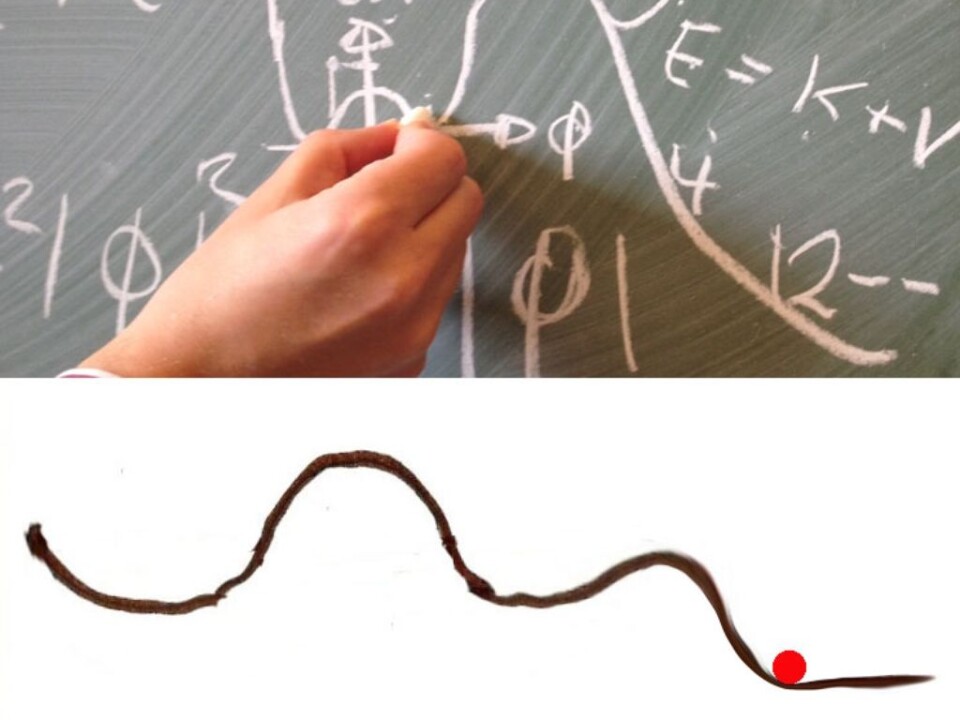
So as long as the universe is not at the bottom of this next basin, it maintains the potential for plummeting to a lower energy level. There is nothing we know of to prevent the universe from rolling over the edge and down the slope.
And if it happens – if the universe suddenly shifts from one position to another – it will be closing time for us.
Or more to the point, there won’t be anything around to close.
In such a universe all the substances we know will vanish. Of course that means there will be no more spiral galaxies of stars, no planets or living organisms.
For all we know, this plunge might have already started.
Don’t worry about it
“It can start in one spot or several in the universe, like tiny seeds that make the leap into another state,” explains Raklev.
“And if they do make this leap huge quantities of energy would be released which would transform all the space around them.”
Bubbles of this new state would spread around the universe at close to the speed of light. In theory this process could have already started somewhere far off in the universe. Since such bubbles would expand at nearly the velocity of light, we would not detect them before already becoming less than a whisper.
But Raklev isn’t losing any sleep over it. The probability of it happening like this in our lifetimes is miniscule.
“It hasn’t happened for the nearly 14 billion years of the universe’s history and there’s no reason to believe it will occur in the next 14 billion. Our Sun will probably burn out long before anyone experiences this.”
Mystery
After the Higgs boson was found in 2012, scientists have actually been able to compute the risk.
Experiments at CERN have shown that the Higgs Field has exactly the right the properties for the universe to hang unstably on the mountainside.
“The hump we need to go over is quite large and the depression on the other side is not so deep, which means that it doesn’t pull so hard against us,” says Raklev.
So why would we care?
Such paradoxes are among some of the most enticing things that physicists know of. Why didn’t the universe land at the bottom of the valley, with a lowest possible energy level, like it should have?
“This means there is something we don’t understand. Something essential about the Higgs mechanism or particles in the universe.”
“This is indeed a prime example of how there are things out there we still haven’t discovered.”
------------
Read the Norwegian version of this article at forskning.no
Translated by: Glenn Ostling







